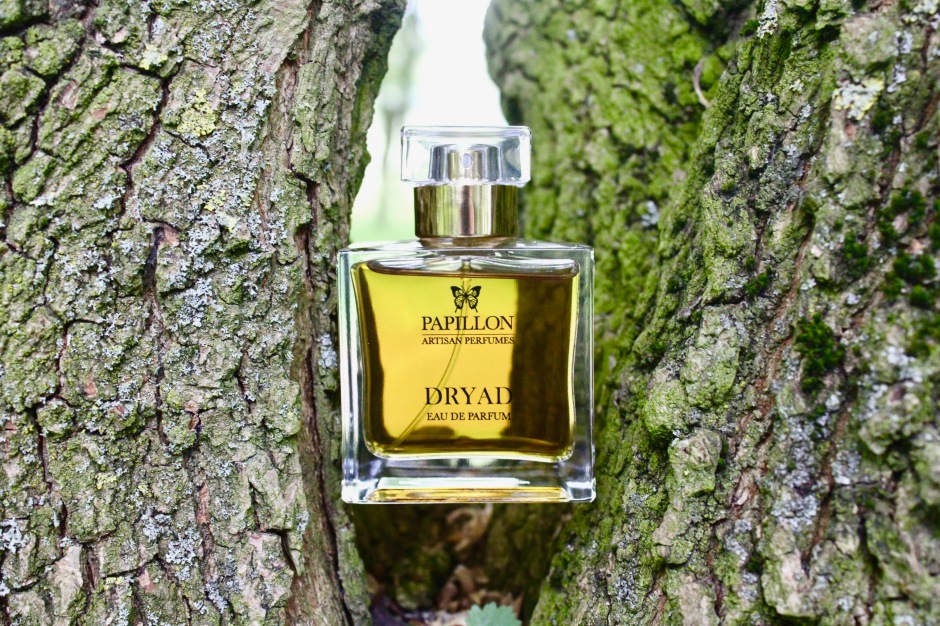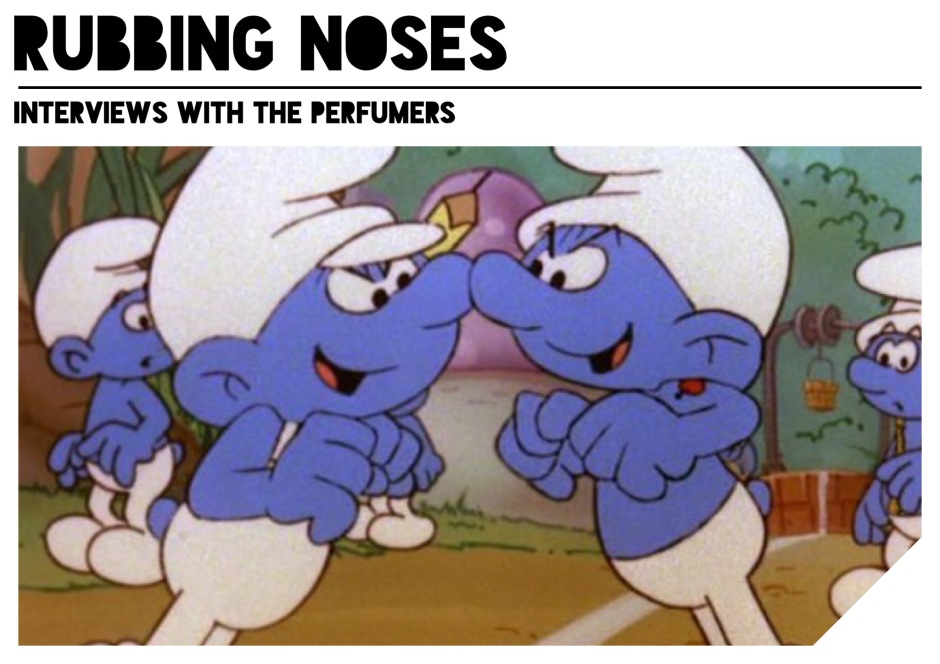
This review has to start with a big fat disclaimer. I am good friends with Liz Moores, the founder and perfumer behind Papillon Artisan Perfumes and I was involved in creating the promotional shots for the fragrance we are talking about today. For that reason one could say that this is not an entirely unbiased review and it probably isn’t. But please note that if Dryad wasn’t my cup of tea, or of interest, I would simply have not written about it. Luckily for all of us scent lovers, it’s quite lovely.
So please approach this as a quick review of a perfume I’ve become very familiar over the last few months and one that I could never approach from an objective standpoint because I have spent so much time with it, trying to understand and visualise its character.
If you’ve been following Liz on social media you’ll know that she’s based in the New Forest, literally right in the forest itself. She is surrounded by nature and the perfumes she creates absorb her environment, providing inspiration. For Dryad, her latest fragrance, the forest is Liz’s muse. Liz’s daughter, Jasmine has written a beautiful poem inspired by Dryad, and it’s the following few lines that sum the perfume up for me and led to the inspiration for Dryad’s visual adventure:
“My body is swelling with the oak’s root and seed
Our veins and our vines weave together with ease,
And as your chatter dispels at the shake of our leaves,
You set your ear to our chest, to hear the whisper of trees.
We rise not in your throat, nor your mouth, nor your teeth.
But we streak coloured streams set to dazzle.”– Jasmine Moores





